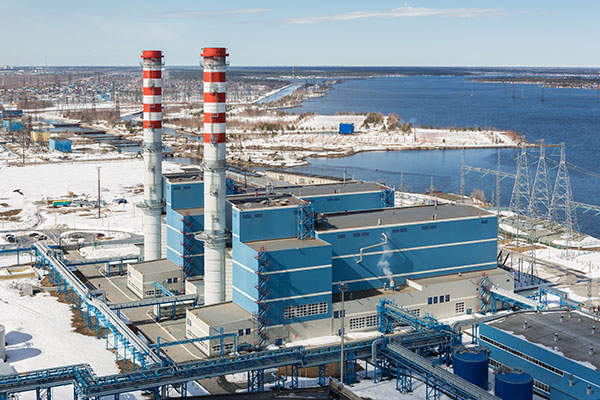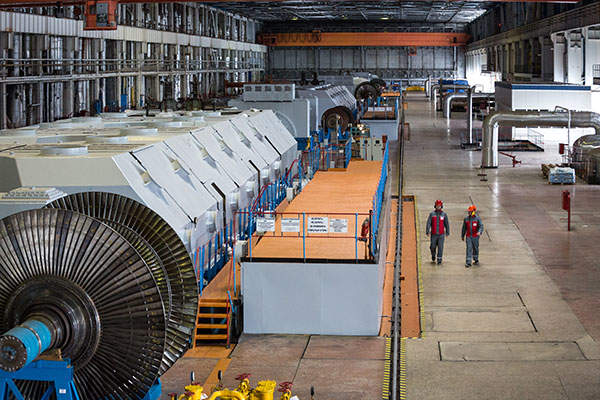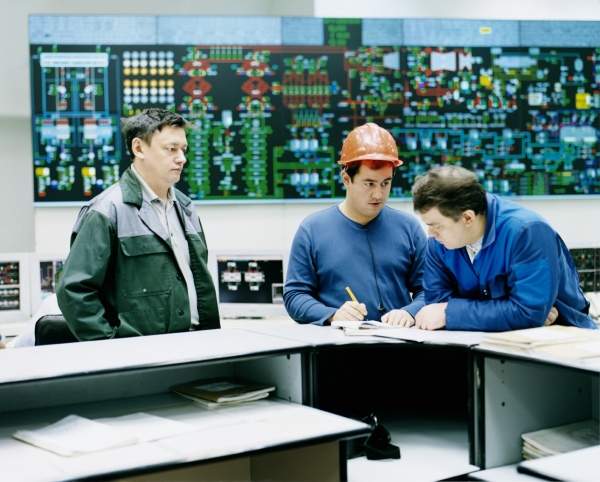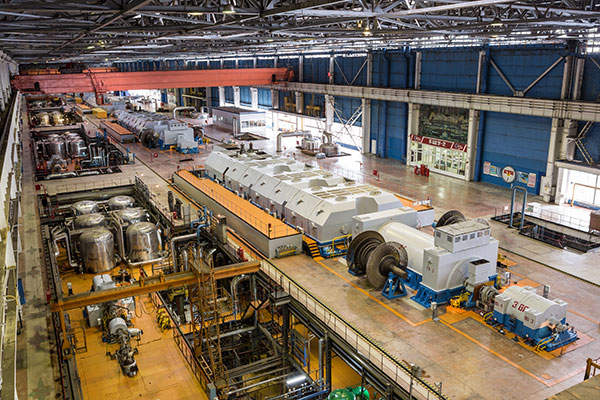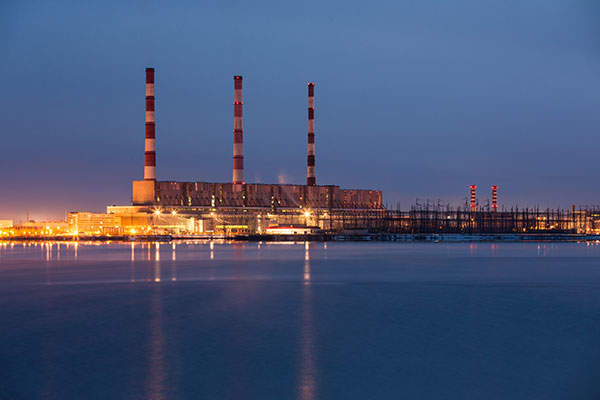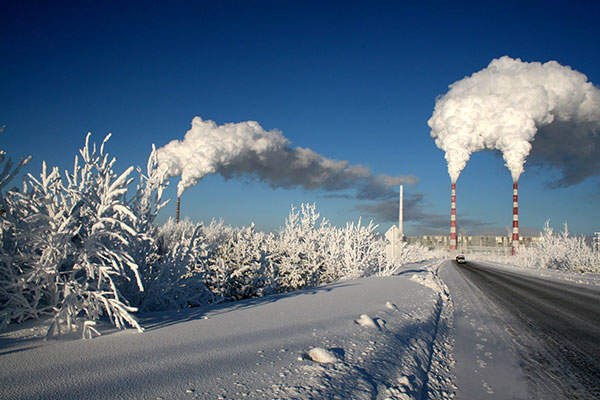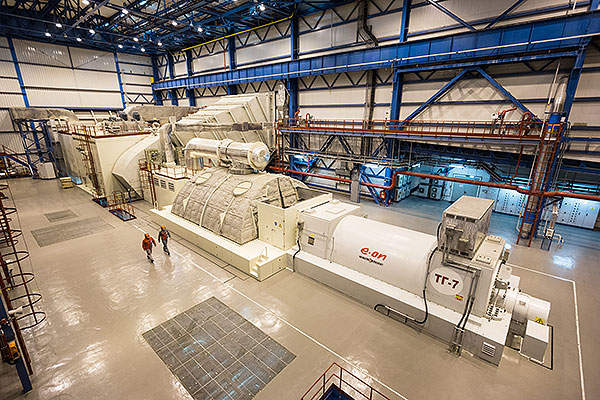The Surgutskaya GRES-2 combined-cycle gas-fired power station is located in the Russian city of Surgut. It was commissioned by the Open Joint-stock Company (OGK- 4) between 1985 and 1988 with an installed capacity of 4,800MW.
OGK was the fourth generating company of the Wholesale Electricity Market in Russia. It was established in March 2005 and acquired by Germany-based E.ON Group (E.ON) in 2007.
E.ON is the majority stakeholder of OGK– 4 and currently holds 78.3% stake in the company. OGK- 4 was renamed as E.ON Russia in July 2011.
During the same time, E.ON Russia commissioned two new 400MW units to meet the energy requirements of Surgut and Western Siberia. The two units have increased the existing capacity of the power station by 800MW, to 5,600MW.
The estimated investment of the expansion programme is €2.8bn. Surgutskaya GRES-2 is the largest power station in Russia, supplying energy to nearly 40% of the population.
E.ON is the largest buyer of Russian gas and also the largest foreign investor in Russia. The expansion programme is a part of the company’s investment programme aimed at increasing the clean energy production to 2,400MW.
Power plant expansion project details
The expansion project involved the installation of two GE 9FA gas and a steam turbines. Construction works began in July 2008 and were completed by April 2011. The two units were tested during May and June 2011.
The turbines are placed in a 70.516m2 area of which the gas compressor building occupies about 4.64m2.
The turbines use natural gas or associated petroleum gas fuel to generate electricity. The project also supports the Russian government’s initiative aimed at increasing the use of associated petroleum gas fuel to 95% by 2012.
The turbines have an efficiency rate of 55.9% which is 33% higher than the turbines currently functioning in other Russian power plants. The new turbines will reduce the CO2 emissions by more than two million tons and NOx emissions to less than 50mg per cubic meter.
The plant is also equipped with two HySTAT electrolysers for cooling purposes.
Technology used in the Surgutskaya GRES-2 facility
The 9FA gas turbine is a heavy-duty gas turbine designed for 50Hz applications. It is an upgraded version of 7FA gas turbine that uses advanced aircraft engine technology.
The main feature of the 9FA turbine is the fuel-flexible combustion system and high output. The other features include an enhanced compressor, dry low NOx technology combustion system, blade health monitoring system, optimum cooling and a patented control system.
The combustor has five outer nozzles and a central fuel nozzle. It maintains low NOx and CO2 emission levels while increasing the load handling capacity.
The turbine has short start-up time. It reduces the time between start-up and full load by 15 minutes in case of a simple cycle and 20 minutes in case of combined-cycle power plants.
Contracts awarded
The engineering, procurement and construction (EPC) contract for the expansion was awarded to GE and Gama Power Systems Engineering & Contracting (Gama Power).
Civil works such as excavations, buried networks, backfilling, concrete works, sandwich panel and roof covering was carried out by Tri Morya Construction and Trade. The company performed these activities on behalf of Gama Power.
The two HySTAT electrolysers were delivered by Ontario based Hydrogenics. ABS ZEIM Automation of Russia manufactured and supplied the control and distribution cabinets, hardware, software, motor control and valve control cabinets and more than 40 switchboards.
The switchboard supply included control panels, signalling boards, low voltage electrical switchboard cabinets and also a 0.4kV switchboard for the pump station. Supply of regulator cabinets was also part the contract.
Russian power market details
The Russian power market has been in a transition phase.
The fourth largest power market in the world was owned and fully controlled by the state government. It has been liberalising in stages since 2007.
By 2009 around 50% of the Russian electricity market was open to foreign investments. The country has, however, exempted the retail power market from liberalisation.
It was the liberalisation policy that encouraged E.ON to venture into the Russian power market in 2007. The company operates five power stations and has further plans to expand the capacity.

